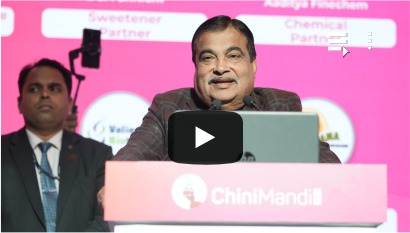The renewable fuels industry in Iowa brought in $800 million less in 2024 than it did the previous year, according to a new study from the Iowa Renewable Fuels Association. The group pointed to stagnant demand for corn as the main reason for the economic drop, reports The Gazette.
Monte Shaw, executive director of the association, said the best way to turn things around is by expanding into new markets that require ultra-low carbon ethanol. He called this the most effective way to support farmers and fuel producers in the state.
Despite the decline in overall impact, the report noted that direct contributions from biofuels in Iowa remain strong, with fuel production reaching a new high. The industry made up 2% of the state’s economy in 2024, or about $5.7 billion, and supported more than 34,000 jobs—down from 52,000 jobs the year before.
Shaw explained that while part of the job loss is due to completed construction projects and a facility closure, most of it results from lower economic activity related to the industry. He said when corn prices drop, farmers have less money to spend on equipment and services, leading to job losses in related sectors.
The Iowa Corn Growers Association also raised concerns. Ryan Sauer, the group’s vice president of market development, warned that if Iowa doesn’t find new ways to use corn, the state could face an economic situation similar to the 1980s farm crisis. He noted that falling corn prices and high farming costs could put many farmers at financial risk.
One possible solution is to expand use of E15, a fuel blend containing 15% ethanol. If Congress approves it for year-round use, it could increase demand for corn by 2.3 billion bushels annually, according to the National Corn Growers Association. Currently, 62% of Iowa’s corn is used for ethanol.
Shaw supported E15 but called it a short-term fix. He said longer-term growth will come from expanding into low-carbon markets, including sustainable aviation fuel and fuels for ships, trains, and heavy equipment. But to enter those markets, Iowa’s ethanol must have lower carbon emissions.
The report suggested that reducing emissions could be achieved through eco-friendly farming methods and by capturing and storing carbon dioxide from ethanol production. Shaw argued that building a carbon capture pipeline, such as the one proposed by Summit Carbon Solutions, could open the door to massive demand for biofuels over the next two decades.
Opposition to the pipeline, however, remains strong. Critics like Emma Schmit of the Bold Alliance said relying on such projects is risky and unnecessary. She pointed out that ethanol production remains high and argued that there are other ways to cut emissions without using thousands of acres of farmland for pipelines.
Summit says it already has agreements for over 75% of the land needed for the first phase of its pipeline. But construction in Iowa is on hold while the company seeks permits in South Dakota, where lawmakers have banned the use of eminent domain for carbon pipelines.
Shaw warned that if Iowa can’t develop carbon storage systems, other states like Nebraska might become the new leaders in ethanol production.
“This isn’t a political game,” Shaw said. “The consequences for Iowa’s economy and farmers are very real.”


















